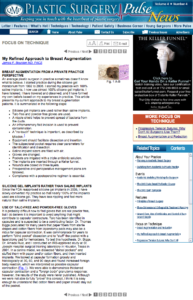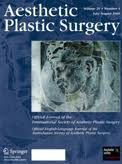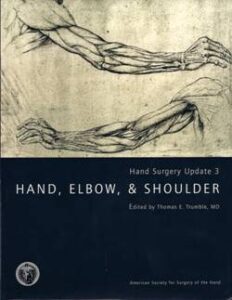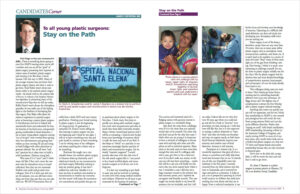Publications
Special Guest Reviewer of manuscripts for publications in the Aesthetic Plastic Surgery Journal
Plastic Surgery Pulse News
 Dr. Boynton wrote a chapter on breast augmentation that has been published in the online publication Plastic Surgery Pulse News.
Dr. Boynton wrote a chapter on breast augmentation that has been published in the online publication Plastic Surgery Pulse News.
Aesthetic Society News Volume 13 #3
“To all young plastic surgeons: Stay on the Path.”
Nationally Indexed Publication Listings

“Rhytidectomy and Parotidectomy Combined in the Same Patient.”
Boynton JF, Cohen BE, Barrera A.
Source
Christus St. Joseph Hospital, Plastic Surgery Residency Program, Houston, TX, USA. [email protected]
Abstract
Until now, aesthetic goals in parotid surgery have seldom been addressed because oncologic concerns have largely overshadowed aesthetic issues for patients with parotid masses. Fortunately, the majority of parotid masses are benign pleomorphic adenomas that rarely recur, leaving a large group of patients healthy after their parotid surgery, with some desiring aesthetic improvement in their facial appearance. Traditional parotidectomy incisions leave a visible scar on the neck as well as a visible hollow in the retromandibular region, which can extend onto the cheek. A rhytidectomy approach to the parotid gland allows for a more concealed, aesthetically appealing scar while maintaining good visibility and access to the parotid gland. By performing bilateral sub-SMAS (superficial musculoaponeurotic system) rhytidectomy after a parotidectomy, facial symmetry and balance is enhanced, and these aesthetic deformities can be minimized. The SMAS flap can help to fill the hollow and form a tissue barrier over the resected gland to prevent gustatory sweating. Finally, the incision scarring is minimized with a rhytidectomy-type approach. Two cases are reported in which patients underwent both rhytidectomy and parotidectomy. In the one case, the procedures were performed in the same surgical setting. In the other case, they were performed in a delayed fashion. These cases exemplify the possibility of addressing facial aesthetic goals of rejuvenation in a patient requiring parotid resection.
PMID: 16402160
[PubMed – indexed for MEDLINE]

“The Effect of Forearm Bracing on Radioulnar Impingement.”
Boynton JF, Budoff JE, Clifford JW.
Source
Department of Orthopaedic Surgery, Baylor College of Medicine, Houston, TX, USA.
Abstract
The purpose of this clinical study was to compare patients’ symptoms and radioulnar convergence following distal radioulnar reconstruction with and without a functional brace on. Standardized radiographs were taken of the involved wrist at rest, while holding a weight, and during maximum power grip. All radiographs were then repeated while wearing a prefabricated functional brace (Maramed, Miami, FL). The functional brace did not decrease radioulnar convergence and, at rest, the brace actually increased radioulnar convergence. Despite this, all patients who experienced pain without the brace were pain free with the brace on. We conclude that forearm bracing may be a useful nonoperative treatment for residual pain following DRUJ salvage surgery, though its mechanism of action is unclear.
PMID: 15757768
[PubMed – indexed for MEDLINE]
Book Chapters

Hand Surgery Update III
Collins ED and Boynton JF: Complex Regional Pain Syndrome and Repetitive Stress Injury. In T. Trumble (Ed.). Hand Surgery Update III. Rosemont , IL : American Society for Surgery of the Hand, 2003.
